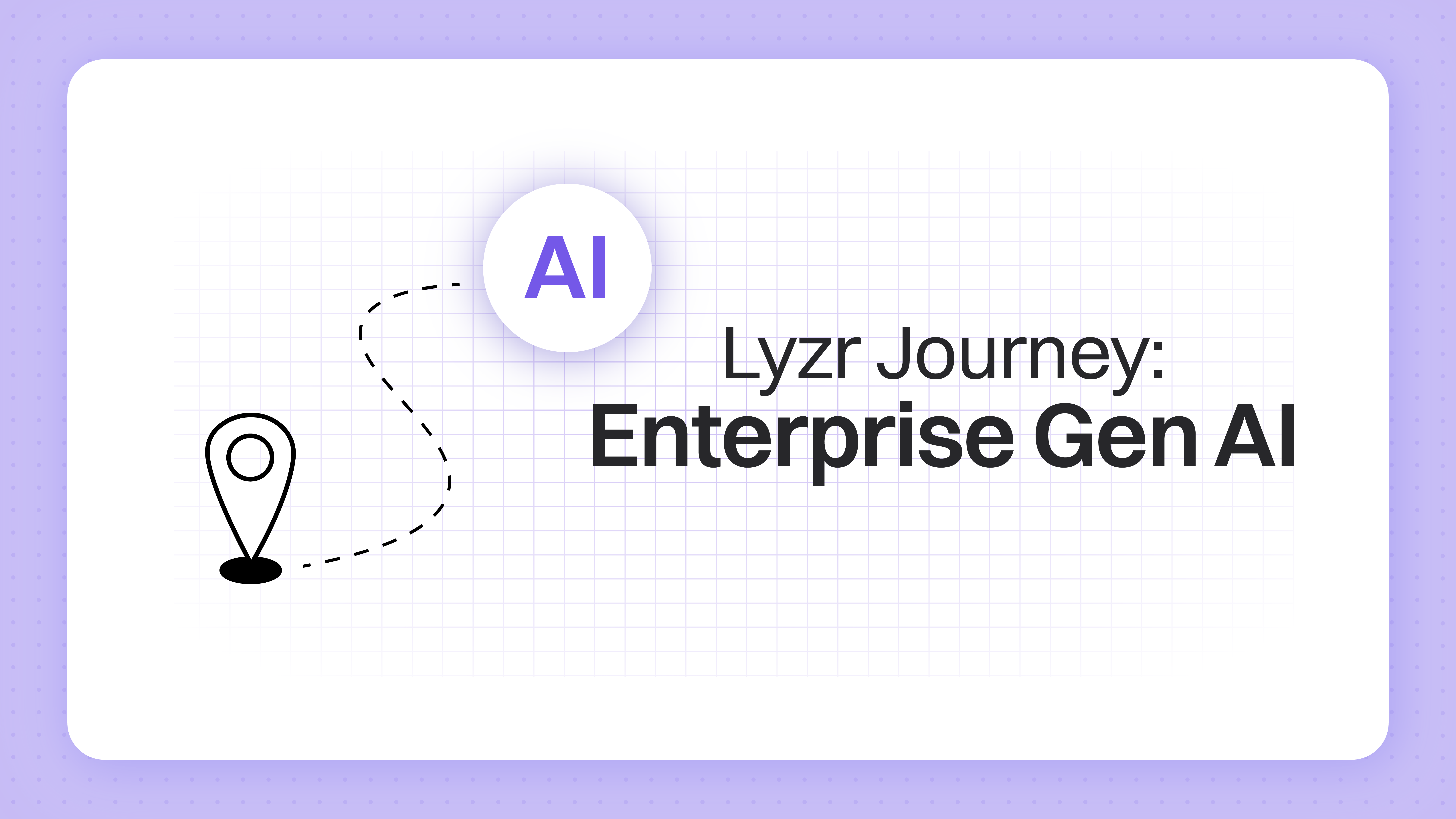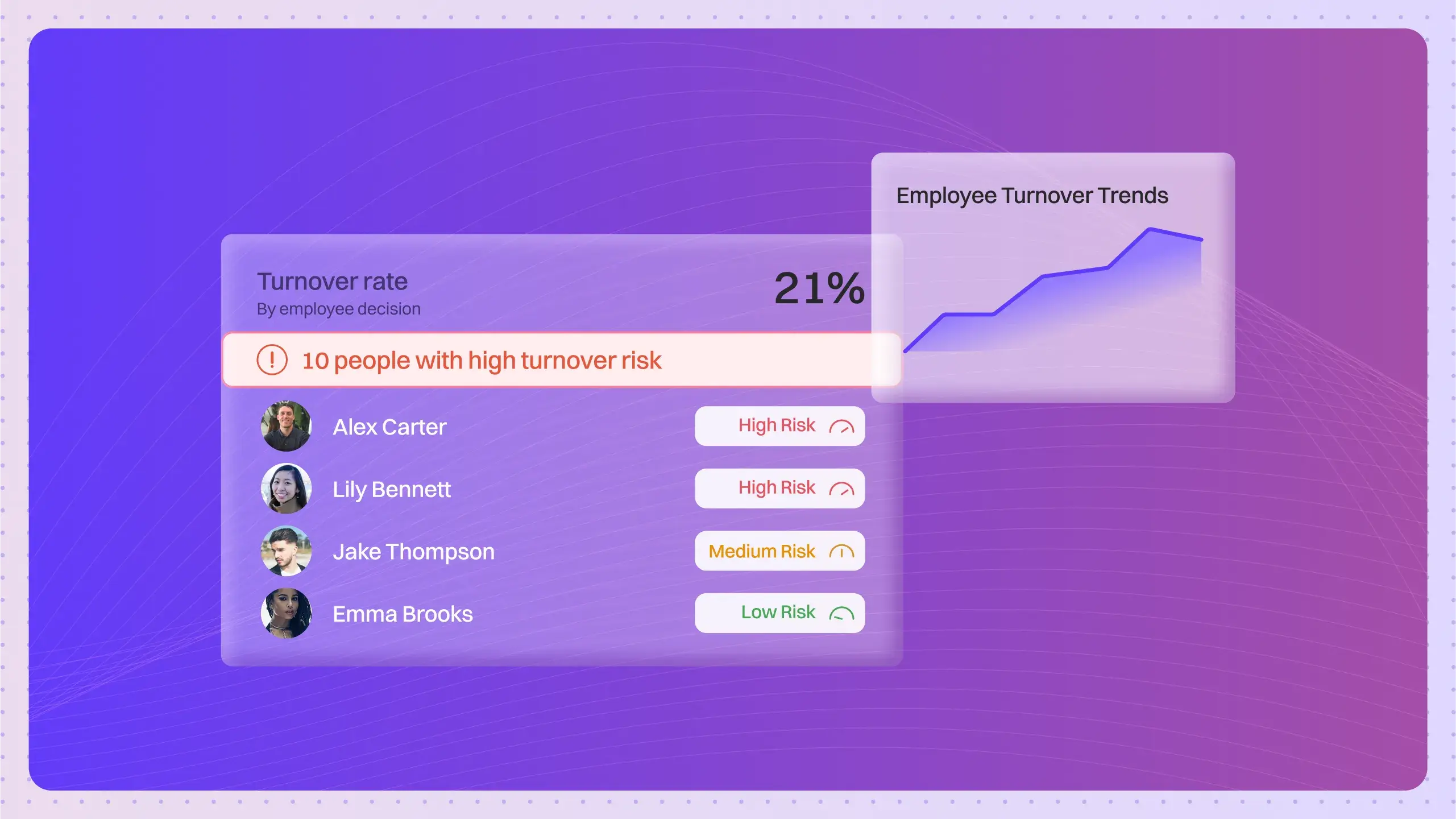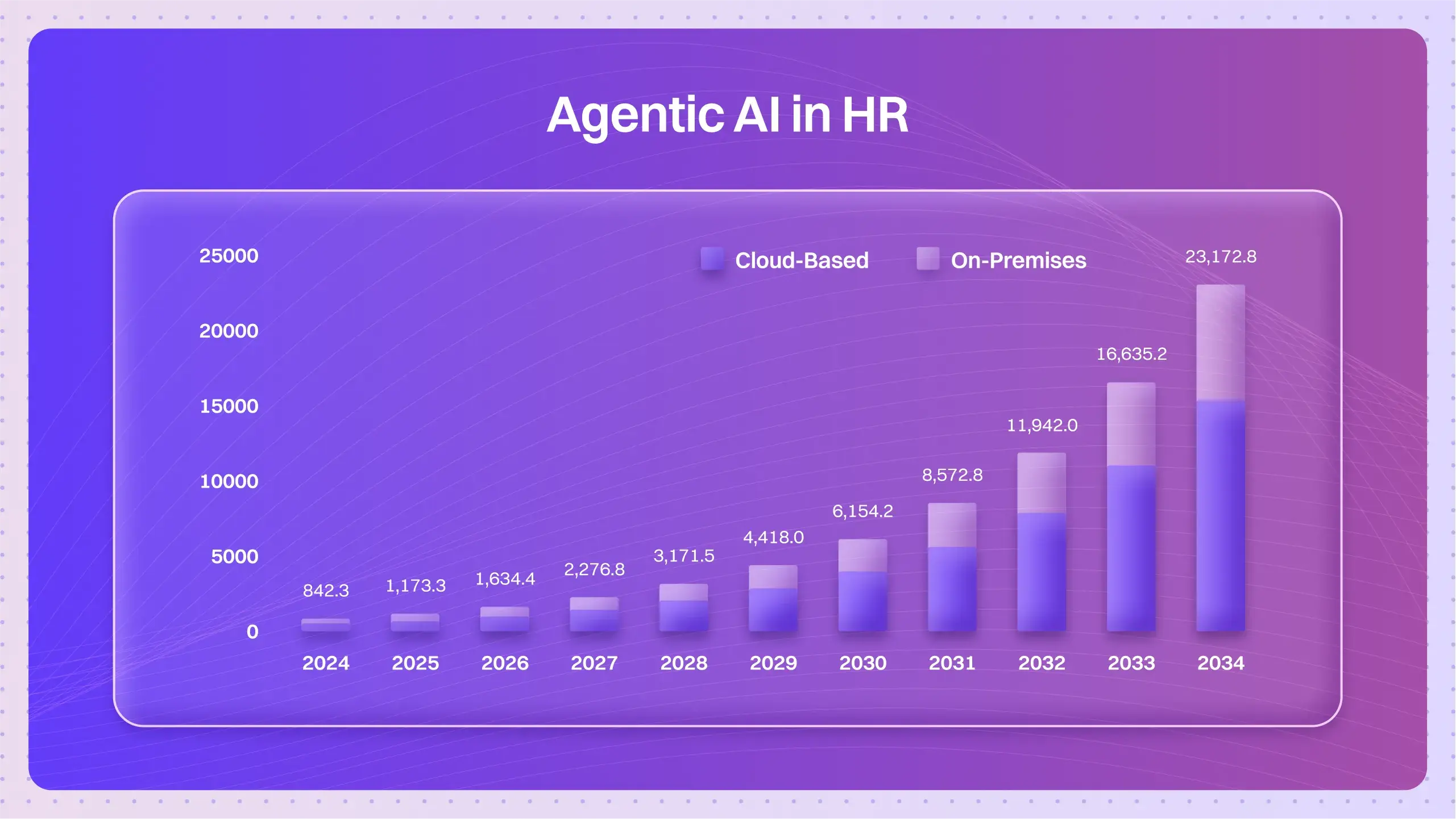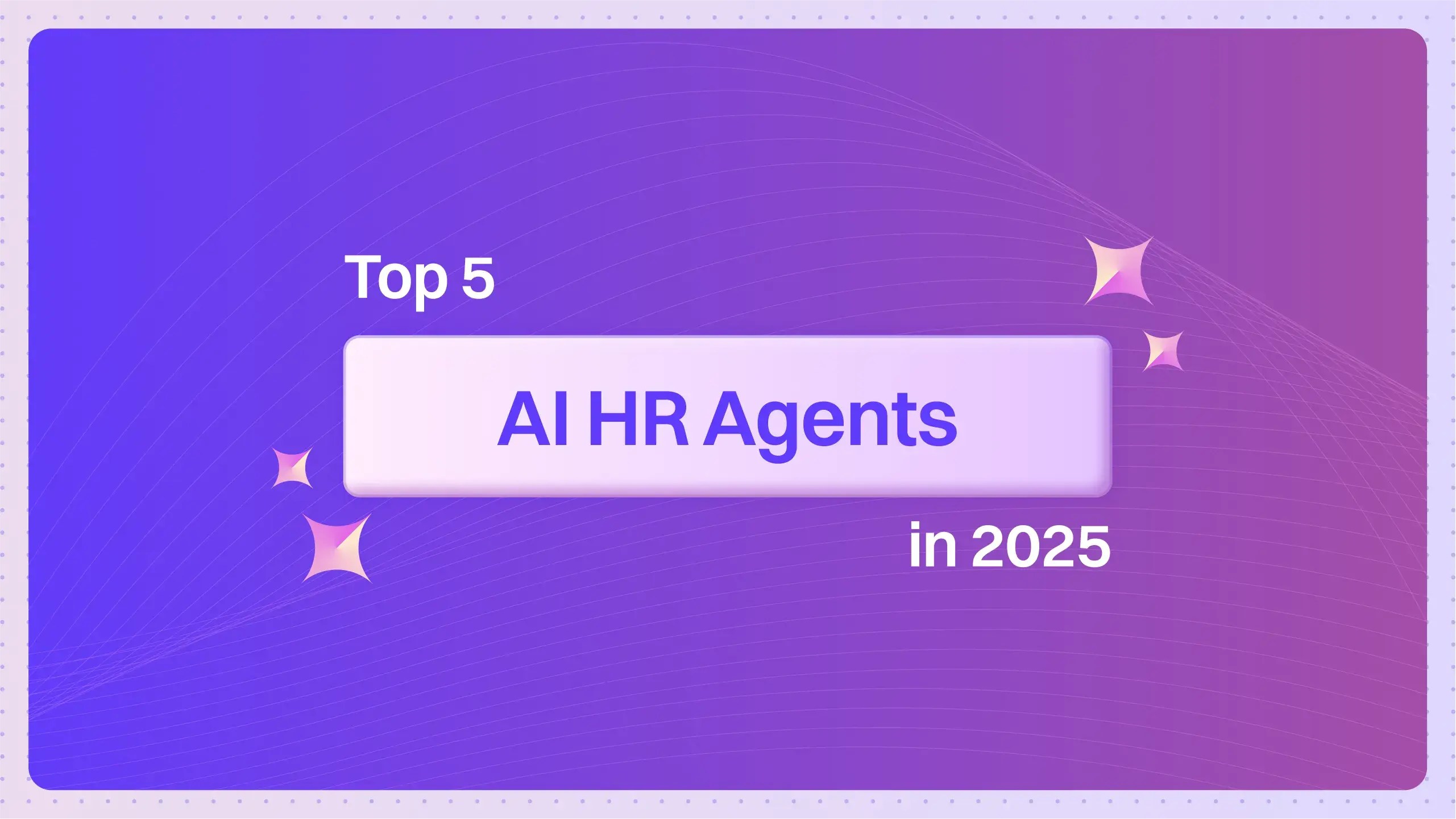Table of Contents
ToggleLangchain’s Trailblazing Journey
Let’s dive into an exciting tale of inspiration and innovation! Our story begins with a brilliant initiative named Langchain, conceived by Harrison Chase and his team. This journey started as a modest project around late 2022 and early 2023, exploding into something extraordinary with the introduction of GPT-3.5 API for developers. Langchain, a pioneer, introduced groundbreaking ways to interact with Large Language Model (LLM) APIs, particularly the OpenAI GPT API.
Early-stage product companies, some of which are now industry giants, took cues from Langchain’s architectural approach to the GPT API. The community rallied around, and Langchain continued to innovate, rolling out feature after feature. They focused on advanced prompting techniques, retrieval augmented generation, and more. But the real game-changer was the introduction of chains and agents. Picture this: building an application that can remember, learn, and evolve. Chains linking together to form a comprehensive agent capable of handling tasks end-to-end. This was a monumental shift in the LLM application development space.
Langchain’s versatility was its superpower. It integrated not only with LLMs but also with vector stores, various document loaders, and had an array of output parsers. This turned Langchain into a much-sought-after technology stack for building robust applications.
Langchain’s journey was more than a blueprint; it was a call to action, a challenge to innovate and excel. And thus began Lyzr’s quest to become a Full Stack Generative AI Stack for Enterprises, fueled by the trail blazed by Langchain.
Lyzr.ai – The early experiment, the pivot and the momentum
Our journey with Lyzr takes us back to the early days of 2023, a time marked by a significant career shift for me. Leaving the comfort of a corporate job, I embarked on an ambitious project to establish a generative AI startup. The initial vision? To develop an AI data analyst, akin to a fusion of ChatGPT and Power BI, offering a natural language query-based tool for business leaders. This tool aimed to simplify data interaction using natural language queries, eliminating the need for extensive SQL or data science expertise.
In this formative phase, Lyzr’s foundations were laid upon Langchain. I owe a debt of gratitude to Sam Witteveen and Greg Kamradt for their enlightening Langchain tutorials on YouTube, which rekindled my programming skills after almost a decade of programming hiatus. Manipulating the GPT API through Langchain was not just technically fulfilling; it was a source of inspiration for Lyzr’s journey.
The AI data analyst prototype, our first endeavor, was well-received in demonstrations, yet it faced a hurdle: market readiness. Despite the positive feedback, widespread adoption was not materializing. Recognizing this, we pivoted. The substantial codebase developed till then was repackaged super-abstracted, high-level, and low-code SDKs that solve a use case entirely and do not follow the building-blocks approach of Langchain. This pivot marked a transformational moment for Lyzr.
But how did Langchain’s ethos feed into this metamorphosis? Langchain offered essential building blocks for AI development – from chains that form agents to the integration of models with data loaders and vector databases. This modular approach was perfect for developers but less suited for the enterprise sphere. Lyzr adopted a unique stance, focusing on the low-code community and enterprises. We understood that enterprises were not looking to piece together generative AI applications from ground zero. Their business-first focus and operational dynamics required a different approach. They needed a solution, not a set of tools.
Lyzr, therefore, emerged as a comprehensive, user-friendly platform, specifically catering to enterprise requirements. Our strategy was not just about providing technology but about delivering a solution that was both practical and accessible for the enterprise environment.
Today, Lyzr stands as a testament to this strategic shift – from an exciting idea to a thriving enterprise stack with a growing customer base.
Lyzr: Revolutionizing Enterprise Generative AI Adoption
In our ongoing exploration of Lyzr’s ascent in the generative AI arena, a key insight surfaced from our extensive dialogues with CIOs across industries: enterprises crave speed and simplicity in adoption. They often lack the time or resources to piece together complex AI components. This insight was pivotal in steering Lyzr’s evolution.
Enterprises, accustomed to the refined offerings of giants like Salesforce, Workday, and AWS, expect seamless integration and immediate utility. In response, Lyzr innovated to offer a transformative solution:
“What if enterprises could access comprehensive SaaS functionalities through a single, easy-to-integrate SDK?”
This thought sparked Lyzr’s transformation into a full-stack, low-code SDK company. Lyzr’s SDKs encapsulate the full spectrum of a software product’s capabilities, dramatically simplifying the process for enterprises to embed generative AI into their existing systems. This approach aligns perfectly with enterprise preferences for quick, straightforward yet powerful and highly sophisticated solutions.
A standout feature of Lyzr’s SDKs is their adaptability to be hosted locally – either in the organization’s cloud or on-premise. This addresses a critical concern in today’s data-driven world: data privacy and security. By allowing local hosting, Lyzr empowers enterprises to maintain control over their data while leveraging the advantages of advanced AI.
Illustrating this, consider Lyzr’s automated helpdesk support architecture. This framework, running entirely within a customer’s local environment, you could replace GPT with an open-source LLM just with one parameter change, offering a tailored solution to large-scale customer support challenges.
Read Blog: https://www.lyzr.ai/designing-a-customer-support-agent-with-non-deterministic-llms/
Another prime example is Lyzr’s state-of-the-art (SOTA) chatbot architecture. Powered by a powerful SDK, it automatically fine-tunes multiple parameters for diverse chatbot use cases. Importantly, this too can operate within the customer’s infrastructure with an open-source LLM like Mixtral 8x7B or Llama2, ensuring data security and privacy.
Read Blog: https://www.lyzr.ai/how-chatbots-work-in-the-era-of-large-language-models-like-gpt4/
The integration of Lyzr’s SDK as an API into existing applications is remarkably straightforward, often requiring just one line of code. This ease of integration signifies Lyzr’s commitment to being a full-stack generative AI platform company, catering specifically to enterprise needs.
Lyzr and Langchain: Harmonizing Innovations in Generative AI
Lyzr and Lanchain are not direct competitors in this space. But there are some features wherein we differ from each other.
Lyzr’s focus has been on simplifying and streamlining the integration of generative AI into enterprise systems, making it accessible and practical for a wider range of applications. On the other hand, Langchain has provided the fundamental building blocks and the technical framework essential for developing these advanced AI solutions.
In summary, Lyzr & Langchain are more akin to allies, each contributing uniquely to the generative AI and Large Language Model (LLM) development community. Lyzr, much like Cohere, is a design partner of Langchain. Langchain’s innovations have been instrumental in paving the way for companies like Lyzr to explore and expand their own technologies.
As Lyzr continues to evolve and expand its offerings, the influence and inspiration from Langchain remain integral. Looking forward to a strong partnership between Lyzr and Langchain.
Book A Demo: Click Here
Join our Slack: Click Here
Link to our GitHub: Click Here







